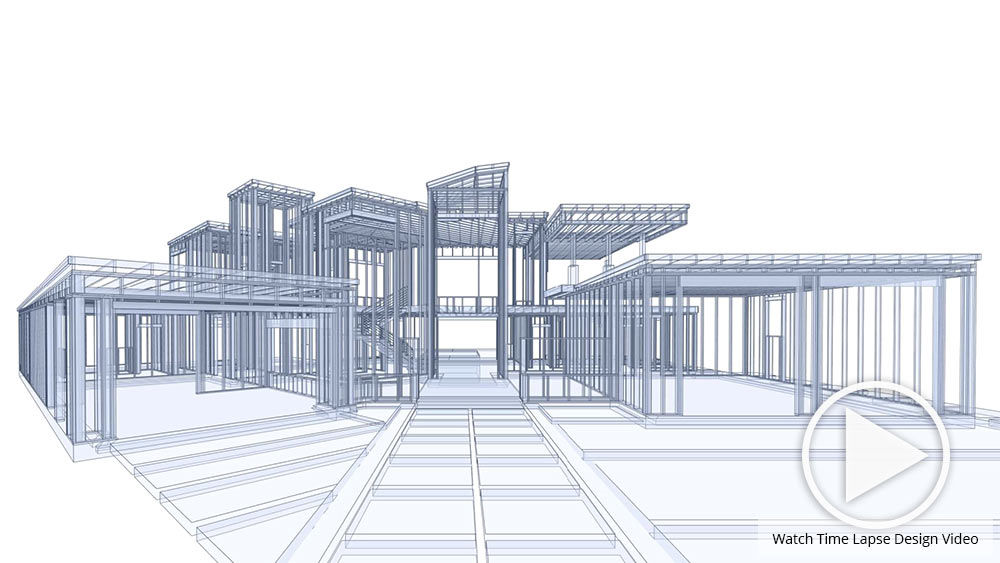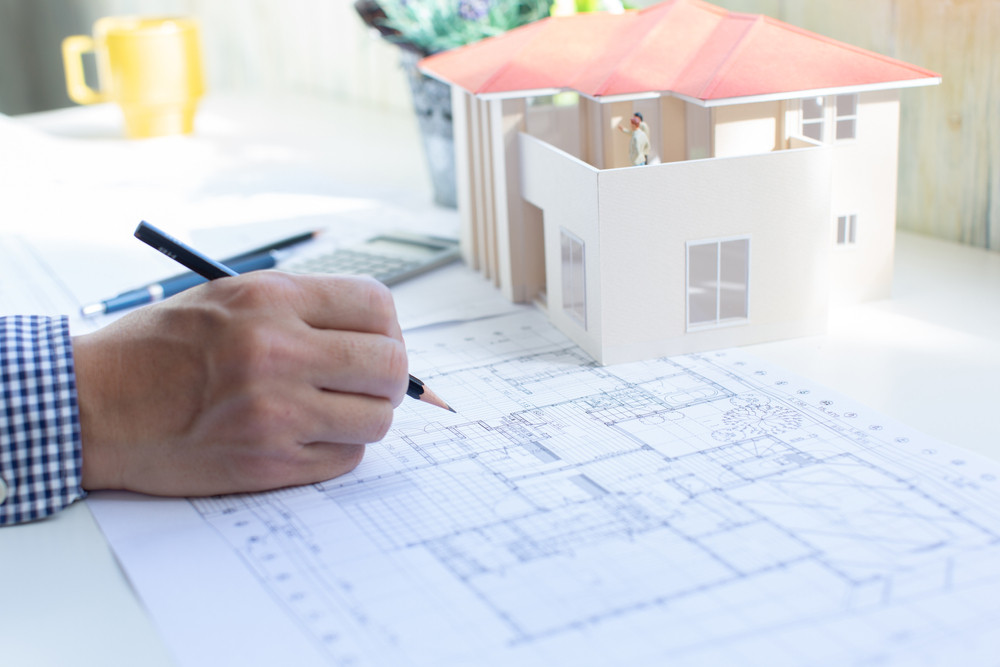The Influence of Technical Advancements on the Style Practices of Contemporary Architects
The quick evolution of technical tools has actually dramatically reshaped the style landscape for modern engineers, promoting unprecedented levels of innovation and sustainability. The integration of Structure Details Modeling (BIM), parametric style, and man-made knowledge has not only streamlined collaboration among varied groups yet additionally redefined task execution. As designers embrace these improvements, they are confronted with intricate difficulties that could impact their imaginative processes. Exploring these dynamics reveals a nuanced interaction in between innovation and standard style techniques, motivating a closer assessment of what the future holds for building methods.
Evolution of Architectural Equipment
Just how have building devices changed the style and building processes over the centuries? The evolution of architectural devices has actually dramatically influenced the effectiveness, accuracy, and creativity of layout and building and construction.
With the development of the Renaissance, the introduction of the compass and the protractor marked a pivotal change. These tools enabled engineers to attain higher accuracy in their designs, promoting the introduction of more intricate and proportionate structures. The Industrial Change better reinvented architectural experiment the introduction of mechanical devices and products, permitting larger and extra enthusiastic tasks.
In the 20th century, the development of computer-aided design (CAD) software application transformed the landscape once more, providing designers with unmatched capacities in modeling and visualization. Today, advanced devices such as Structure Information Modeling (BIM) and parametric design software remain to push the limits of architectural innovation, making it possible for an extra integrated strategy to design and construction processes.
Boosted Collaboration in Design
As modern technology proceeds to develop, enhanced collaboration in design has actually come to be a keystone of contemporary building practice. The assimilation of digital tools such as Structure Details Modeling (BIM), cloud-based platforms, and progressed visualization software program has transformed the means architects, engineers, and stakeholders engage throughout the layout process. These tools promote real-time communication, enabling groups to share ideas, adjustments, and responses promptly, despite geographical area.

In addition, interdisciplinary collaboration has actually been structured via these technological developments, allowing engineers to function more closely with other professionals, such as urban planners and environmental professionals. The result is a much more cohesive strategy to make that takes into consideration different point of views and experience. Inevitably, improved collaboration in layout is not just a pattern; it is important for creating cutting-edge, practical, and aesthetically pleasing style in a progressively complex globe.
Sustainability With Modern Technology
Sustainability in architecture has actually increasingly ended up being linked with technological advancement, driving the industry toward eco responsible methods - cda architects. Contemporary architects are leveraging innovative technologies to lessen environmental effect while enhancing the efficiency of buildings. One famous instance is making use of Structure Information Modeling (BIM), which enables specific planning and source allotment, lowering waste during building and advertising energy performance throughout a building's lifecycle
Additionally, smart products and energy-efficient systems are being incorporated into styles to maximize resource use. Technologies such as photovoltaic cells and environment-friendly roof covering systems harness renewable resource sources, adding to minimized carbon footprints. Furthermore, the application of artificial knowledge in style processes enables designers to simulate and evaluate power usage, leading decisions towards more lasting results.
The assimilation of sustainable innovations not only straightens with worldwide environmental objectives however additionally satisfies an enhancing need from customers for green solutions. As engineers embrace these developments, the focus changes in the direction of developing areas that are not only cosmetically pleasing however additionally functionally websites lasting, thereby redefining the requirements of modern architecture. In this means, technology acts as a driver for sustainability, enabling engineers to make buildings that regard and boost the natural atmosphere.
Challenges in Application
While technological advancements in style hold great pledge for improving sustainability, their implementation frequently runs into considerable difficulties - cda architects. One key obstacle is the steep discovering contour related to brand-new modern technologies. Architects and building and construction experts might call for considerable training to properly make use of advanced software program and tools, which can delay job timelines and increase costs
Additionally, the integration of arising innovations, such as Building Details Modeling (BIM) and lasting materials, usually requires partnership across multidisciplinary teams. This cooperation can be hindered by distinctions in experience, workflows, and interaction styles, resulting in prospective problems and inefficiencies.
Financial restraints even more complicate the fostering of ingenious technologies. Many building companies, particularly smaller ones, may lack the resources to purchase cutting-edge tools, restricting their capacity to compete with larger firms that can afford such financial investments.
In addition, regulative frameworks and building codes may not equal technological improvements, developing obscurity and possible compliance issues. This difficulty can inhibit engineers from completely embracing brand-new innovations, as the risk of non-compliance may outweigh the advantages. Addressing these execution obstacles like it is crucial for the successful integration of technological advancements in contemporary building techniques.
Future Fads in Architecture
The challenges connected with the implementation of brand-new modern technologies in design have motivated a reevaluation of future fads within the industry. As engineers navigate concerns such as sustainability, urbanization, and social equity, they are increasingly taking on innovative modern technologies to enhance layout efficiency and ecological performance.
One famous trend is the assimilation of artificial knowledge (AI) in the layout process. AI devices can analyze large datasets to notify style decisions, boosting both imagination and performance. Likewise, Building Information Modeling (BIM) continues to evolve, enabling real-time partnership among stakeholders and assisting in streamlined task administration.
Sustainable layout techniques are also gaining momentum, with designers concentrating on flexible reuse and regenerative layout principles that lessen source consumption and waste. The consolidation of smart products and renewable power resources will further improve the resilience of buildings in the face of environment change.

Verdict
Technical improvements have considerably reshaped building useful content style practices, helping with improved accuracy, partnership, and sustainability. The assimilation of tools such as Building Information Modeling and parametric layout software application, along with expert system and wise products, equips designers to deal with intricate challenges much more efficiently. While implementation might present particular obstacles, the continued advancement of these technologies promises to drive advancement in architecture. Future fads will likely better stress sustainability and efficiency, inevitably redefining the constructed environment.